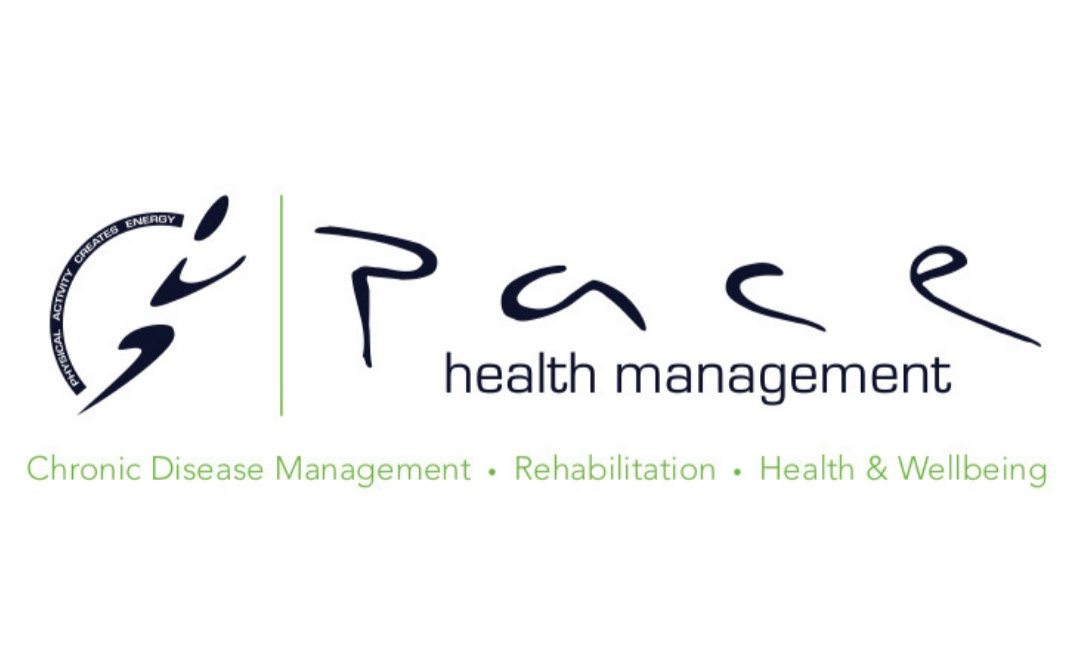Return to Work and Chronic Pain
You’re constantly told that it’s all in your head or your injury is healed so you have nothing to worry about and you should be able to return to work. But despite all of that you still feel pain and its having a significant impact on your life. Understanding chronic pain and the changes that occur to the body is an important treatment strategy in return to work programs where pain is a limiting factor.
What is pain?
Pain is a protective mechanism which stops us injuring ourselves by producing a very unpleasant signal to the brain. An example of this would be when you place your hand on a hot plate, you move your hand quickly due to the unpleasant pain. If you move it quickly enough you are unlikely to have burned yourself.
In the short term, pain is very useful and serves us well but when pain is persistent and lasts more than 3 months it can become dysfunctional and be a hindrance to our wellbeing. This can be even more significant in the context of returning to work.
The impact of chronic pain on work
Chronic pain is responsible for an estimated 9.9 million absent days from work each year, which costs the economy $1.4 billion per annum, while the total cost of lost productivity is estimated at $11 billion per annum. Not only is there an economic and productivity cost associated with chronic pain, in 2007 it was estimated that there was a $7 billion direct health care costs. Implementing early intervention and adoption of evidence-based treatment could halve the economic cost of chronic pain.
How does exercise help?
All the research shows that exercise works best for chronic pain when it is delivered with education and knowledge about the individual’s condition, physical activity and pain. More specifically, exercise helps your body produces its own pain relieving medication (e.g. endorphins) that work like the pain medication doctors prescribe. After a bout of exercise your pain tolerance increases, things hurt less, and this can last for up to an hour depending on the exercise.
Additional benefits of exercise include:
Promote work specific strengthening to improve capacity and reduce reinjury
Maintain muscle mass and cardiovascular fitness
The nervous system winds down promoting relaxation
Reduced flare-ups
Improves mood and helps with anxiety and depression.
The most effective treatments for managing pain are active therapies rather than passive treatment such as massage, manipulation and braces. There is no ‘one size fits all approach’ that will fix pain, it’s about creating a individually tailored program. Any prescribed exercise program should be enjoyable, avoid excessive flare ups of pain and focus on consistency.
The best thing to do is to find an accredited exercise physiologist and other health professionals who understands and can explain pain. Be wary of any practitioner who claims to be able to fix your pain after treatment. It is likely that they do not fully understand the complexities of pain which will result in poorer outcomes.
References:
Exercise is Medicine Australia. Chronic Pain and Exercise. Retrieved August 20, 2018 from http://exerciseismedicine.com.au/wp-content/uploads/2016/11/2014-Chronic-Pain-FULL.pdf
Painful Facts. Retrieved August 20, 2018, from http://www.painaustralia.org.au/about-pain/painful-facts
